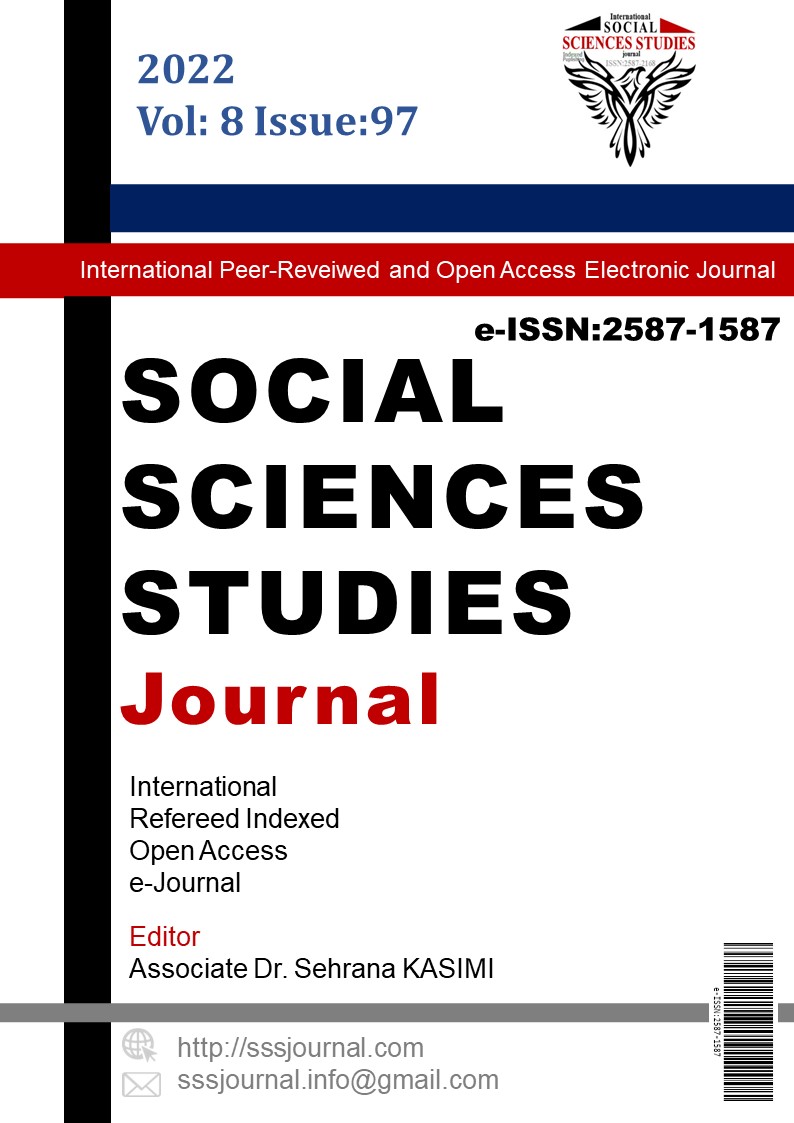Human Resource Practices for the Achievement the Organizational Performance Applicable is in Demographic Characteristic Nepal
Author :
Abstract
The purpose of this study would be how demographic variables affect human resource practices and organizational effectiveness. Pharmacies Nepal, This research also looks at how applicable gender-based perceptions are to HRM practices. Nepalese pharmaceutical firms Primary and secondary sources were used to perform this research. Human resource procedures are critical to the organization's continued competitiveness in the marketplace. To achieve the desired performance of the organization, these human resource practices must be managed successfully. Human resources must be managed and adapted on a regular basis. Organizational performance is becoming increasingly crucial, particularly in a competitive and dynamic market. Different indicators are used to assess organizational performance. It ensures the organization's ability to remain competitive in a global marketplace. In most cases, human resources are used to execute performance indicators.
Keywords
Abstract
The purpose of this study would be how demographic variables affect human resource practices and organizational effectiveness. Pharmacies Nepal, This research also looks at how applicable gender-based perceptions are to HRM practices. Nepalese pharmaceutical firms Primary and secondary sources were used to perform this research. Human resource procedures are critical to the organization's continued competitiveness in the marketplace. To achieve the desired performance of the organization, these human resource practices must be managed successfully. Human resources must be managed and adapted on a regular basis. Organizational performance is becoming increasingly crucial, particularly in a competitive and dynamic market. Different indicators are used to assess organizational performance. It ensures the organization's ability to remain competitive in a global marketplace. In most cases, human resources are used to execute performance indicators.
Keywords
- Adhikari, D. R., & Gautam, D. K. (2010). Labor legislations for improving quality of work life in Nepal.
- Adhikari, D. R., & Gautam, D. K. (2010). Labor legislations for improving quality of work life in Nepal.International Journal of Law and management, 52(1), 40-53. • Adhikari, D. R., & Gautam, D. K. (2011)Employees’ commitment and organizational performance in Nepal: A typological framework. SEBON Journal, V, 1-17.
- Adhikari, D.R. (2008). Human Resource Management. Kathmandu: Buddha Publication.
- Agrawal, G.R. (2009). Dynamics of Human Resource Management in Nepal. Kathmandu: M.K. Publishers and Distributors.
- Alchian, A. A., & Demsetz, H. (1972). Production, information costs, and economic organization. American Economic Review, 62 (December), 777-795.
- Armstrong, M. (2006). A Handbook of Human resource management practice. 10th edition. Cambridge University Press.
- Armstrong, M. (2006). Performance management: key strategies and practical guidelines.3th edition. Kogan Page Limited.
- Armstrong, M. (2006). Strategic human resource management: A guide to action. 3th edition. Thomson- Shore, Inc.
- Boxall, P., Purcell, J. & Wright, P. (2007). The Oxford handbook of Human resource management. Purcell, J. and Kinnie, N., HRM and Business Performance, (pp. 533-551). Oxford University press.
- Boxall, P., Purcell, J. & Wright, P. (2007).The Oxford handbook of Human resource management. Latham, G., Sulsky, L. M., and MacDonald, H., Performance Management , (pp. 364-384). Oxford University press.
- Boxall, P., Purcell, J. & Wright, P. (2007).The Oxford handbook of “Human
- Boxall, P. & Purcell, J. (2003).Strategy and Human Resource Management. Basingstoke and New York: Palgrave Macmillan.
- Brewster et al. (2000).Contemporary Issues in Human Resource Management: Gaining a Competitive Advantage. Oxford University Press, Cape Town.
- Brumbach, G. B. (1988). Some ideas, issues and predictions about performance management.Public Personnel Management,Winter,387-402.
- Campbell, J. P. (1999). The definition and measurement of performance in the new age. In
- Dyer, L., & Reeves, T., (1995). Human resource strategies and firm performance: What do we know and where dowe need to go? Paper presented at the 10th World Congress of the International Industrial Relations Association, Washington, DC.
- Guest, D. E. (1987). Human Resource Management and Industrial Relations. Journal of Management Studies, 24 (5), 503-521.
- Guest, D. E. (2011). Human resource management and performance: still searching for some answers. Human Resource Management Journal, 21 (1), 3-13.
- Hendry, C., & Pettigrew, A. (1990). Human resource management: An agenda for the 1990s. International Journal of Human Resource Management, 1, 17-43.
- Holbeche, L. (2004). How to make work more meaningful. Personnel Today, 26.
- Janssens, M., & Steyaert, C. (2009). HRM and Performance: A Plea for Reflexivity in HRM Studies. Journal of Management Studies, 46 (1), 143-155.
- Lance, C. E. (1994). Test of a latent structure of performance ratings derived from Wherry’s (1952) theory of ratings. Journal of Management, 20, 757–771.
- Lifson, K. A. (1953). Errors in time-study judgments of industrial work pace.Psychological Monographs, 67 (355).
- Noe, R., Hollenbeck, J. R., Gerhart, B., and Wright, P. M. (2007). Fundamentals of human resource management, (2nd ed). Boston MA, McGraw Hill.
- Pfeffer, J., (1998). Seven practices of successful organizations. California Management Review, 40(2), 96–124.Purcell, J. (1999). High commitment management and the link with contingent workers: implications for strategic human resource management. Research in Personnel and Human Resources Management.
- Rogers, E. W., & Wright, P. M. (1998). Measuring organizational performance in strategic human resourcemanagement: Problems, prospects, and performance information markets. Human Resource Management Review, 8 (3), 311.
- Ronan, W. W. & Prien, E. P. (1971). Perspectives on the measurement of human performance. New York: Appleton-Century-Croft.
- Venkatraman, N., & Ramanujam, V. (1986). Measurement of business performance in strategy research: A comparison of approaches. Academy of Management Review,11, 801-814.
